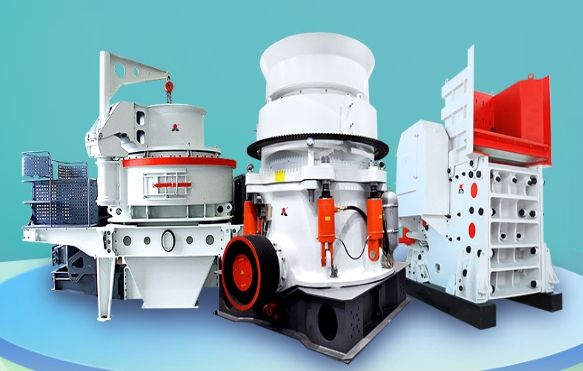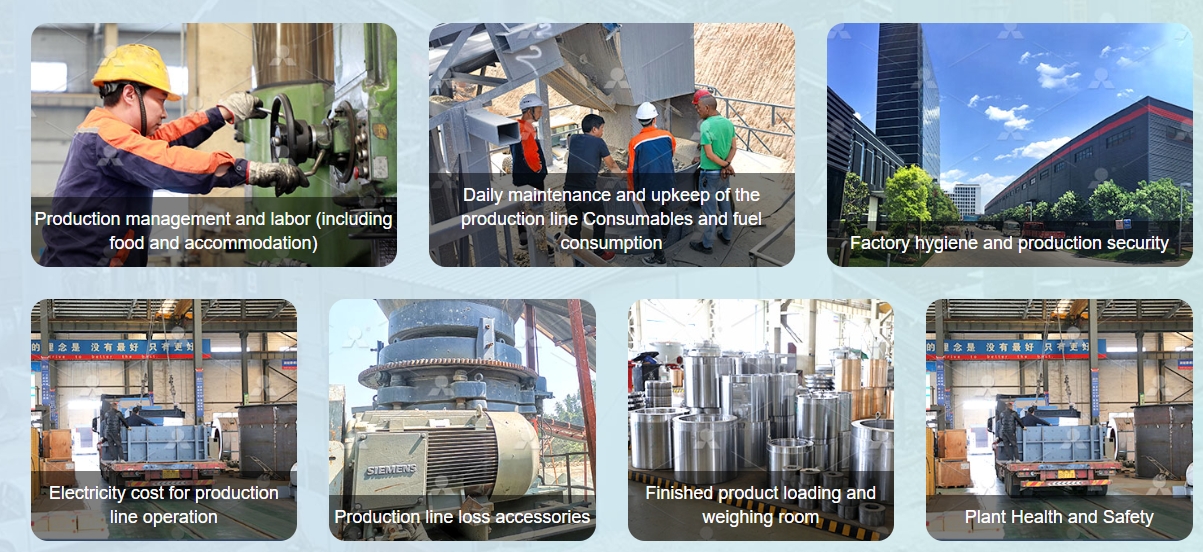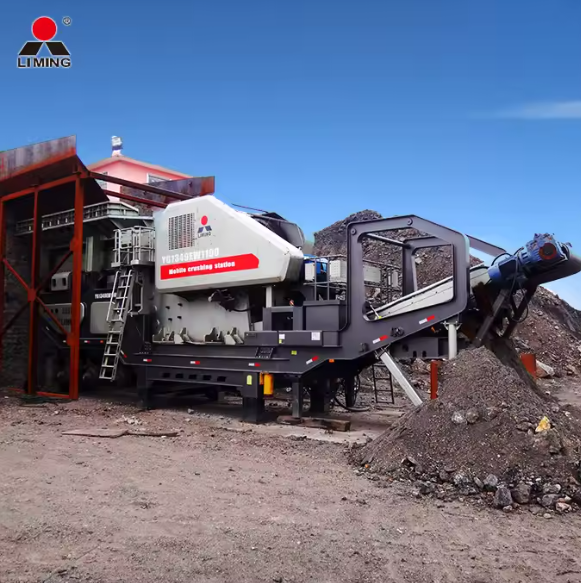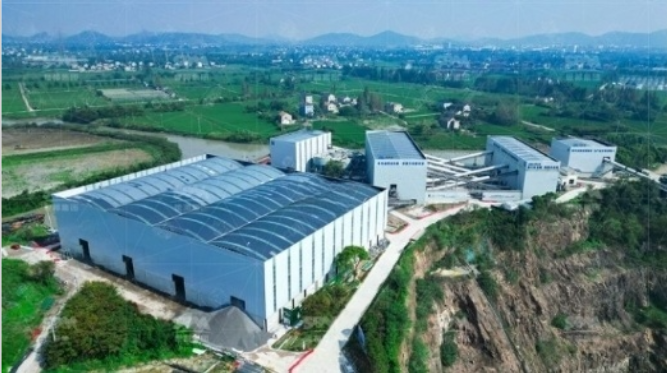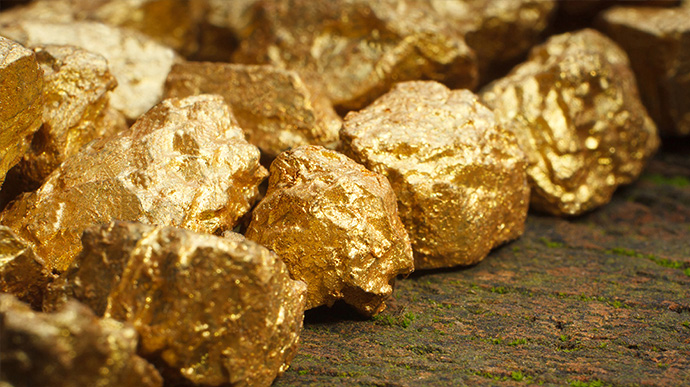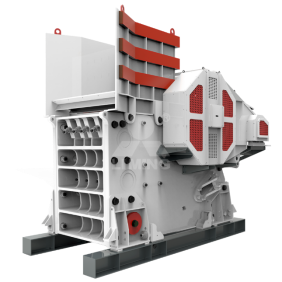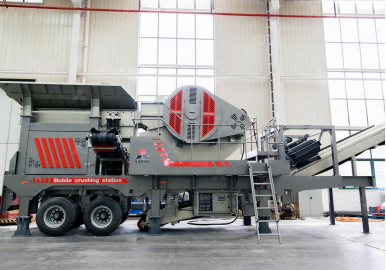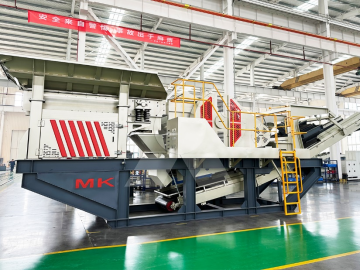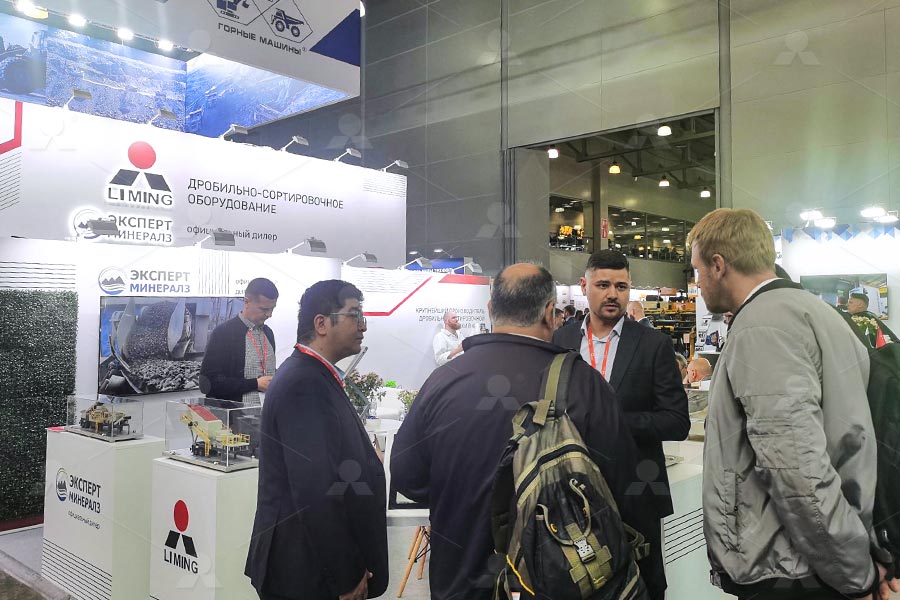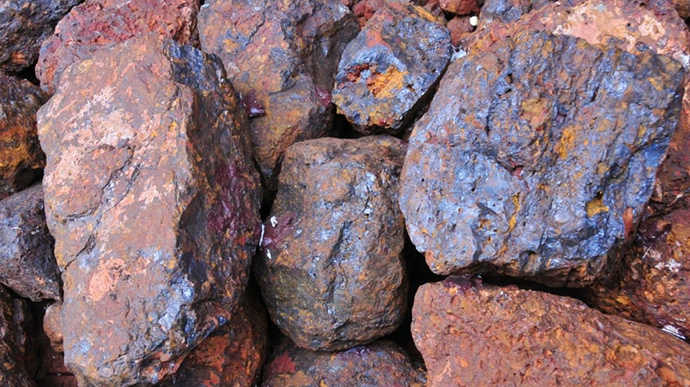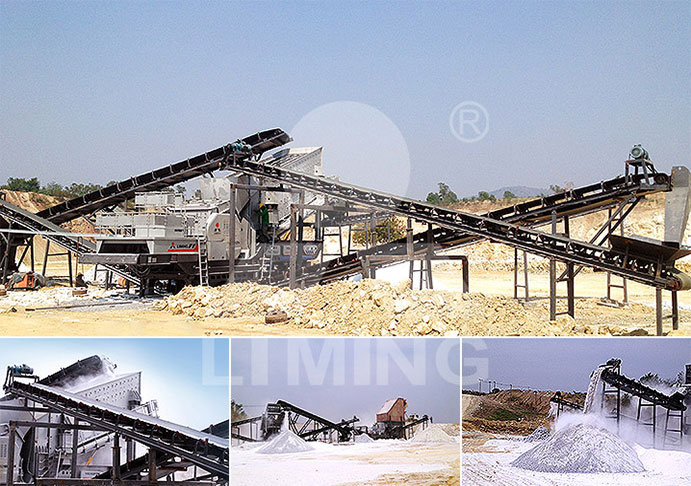Iron ore is a critical raw material in the steel-making process. Its extraction and processing require highly efficient and reliable machinery. In the mining industry, iron ore crushing is one of the most essential steps in preparing ore for further processing, like beneficiation and pelletizing. Investing in the right type of crusher is essential for maximizing production efficiency, reducing operational costs, and ensuring high-quality output.
Why Iron Ore Crushing is Important
Iron ore crushing serves two primary purposes:
Size Reduction: Iron ore is extracted in large chunks, and crushing reduces the size of the ore to manageable pieces. This is essential for transporting and further processing the ore.
Liberation of Valuable Minerals: Crushing allows for the separation of iron-bearing minerals from waste materials, which is the first step in preparing the ore for beneficiation.
The crushing process helps produce finer particles, making the subsequent beneficiation stages more effective, leading to higher-quality iron ore output.
Types of Crushers for Iron Ore Crushing
There are various types of crushers used in the iron ore crushing process, each serving specific purposes based on the nature of the ore and the final product requirements.
1. Jaw Crushers
Purpose: Jaw crushers are typically used for primary crushing in the mining industry. They can handle large and hard materials such as iron ore.
Features: Known for their ability to crush large pieces of ore into smaller, manageable sizes.
Advantages: Jaw crushers are durable, easy to maintain, and provide high throughput rates, making them ideal for initial stages of crushing.
2. Cone Crushers
Purpose: Cone crushers are often used for secondary or tertiary crushing. They provide a more precise reduction of iron ore into finer particles.
Features: With their conical design, these crushers apply pressure to crush and reduce the size of the ore.
Advantages: They deliver a high-quality output with a consistent particle size, making them highly efficient in the crushing process.
3. Impact Crushers
Purpose: Impact crushers are used in secondary or tertiary stages of crushing. These crushers use high-speed impacts to break down iron ore.
Features: They produce crushed materials with a cubic shape and are especially useful for producing finer aggregates.
Advantages: Impact crushers are versatile and can handle both soft and medium-hard iron ores.
4. Roll Crushers
Purpose: Roll crushers are used in the final stages of crushing, especially when a smooth, uniform product is required.
Features: They work by compressing the ore between two cylindrical rollers.
Advantages: Roll crushers offer a cost-effective solution for fine crushing and provide high throughput rates with low energy consumption.
Leave your requirements for more futher iron ore processing solutions!



